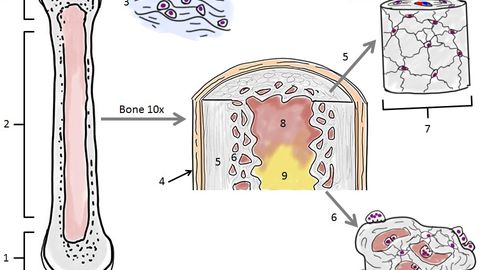
字幕と単語
BIO160 プレビュービデオ 講義8 - 骨とカルシウム (BIO160 Preview Video Lecture 8 - Bones and Calcium)
00
李佳憶 が 2021 年 01 月 14 日 に投稿保存
動画の中の単語
stem
US /stɛm/
・
UK /stem/
- n. (c./u.)(植物の)茎 : 柄 : 葉柄;幹 : 《道具の》 柄;語源
- v.t.の軸を取り去る;食い止める
- v.i.始まる : 起因する
B1 中級TOEIC
もっと見る エネルギーを使用
すべての単語を解除
発音・解説・フィルター機能を解除
